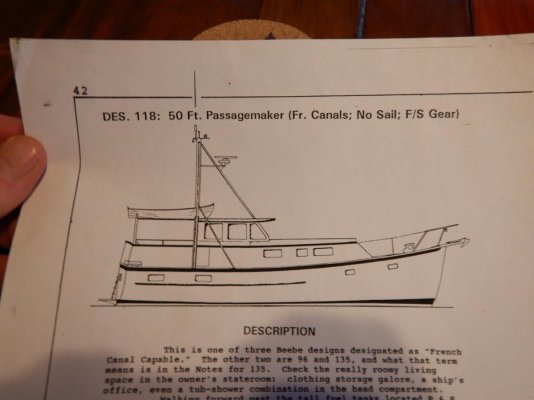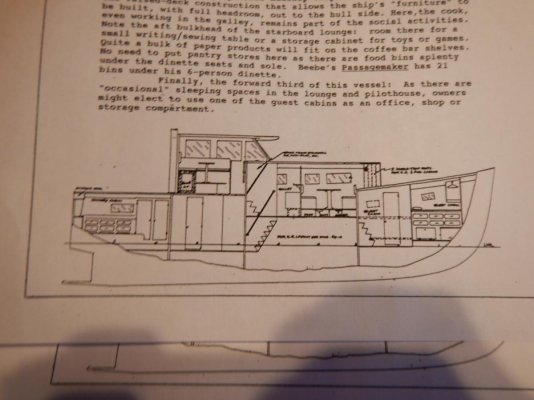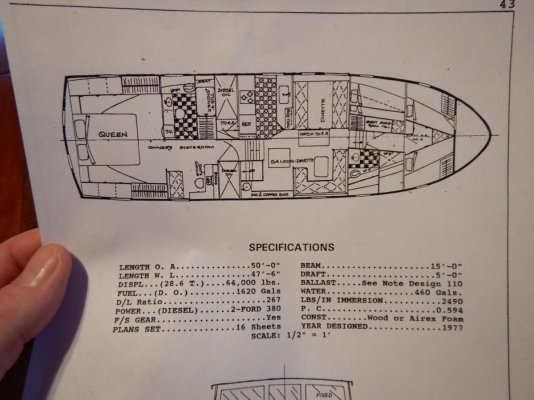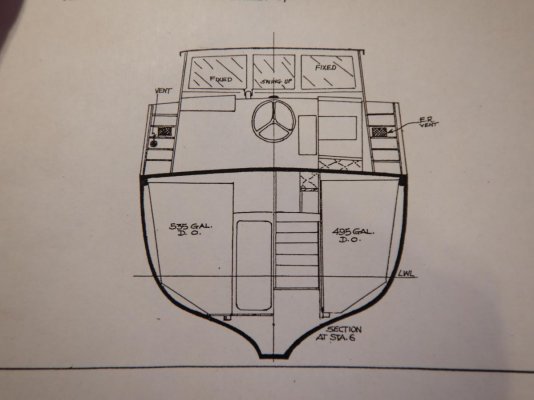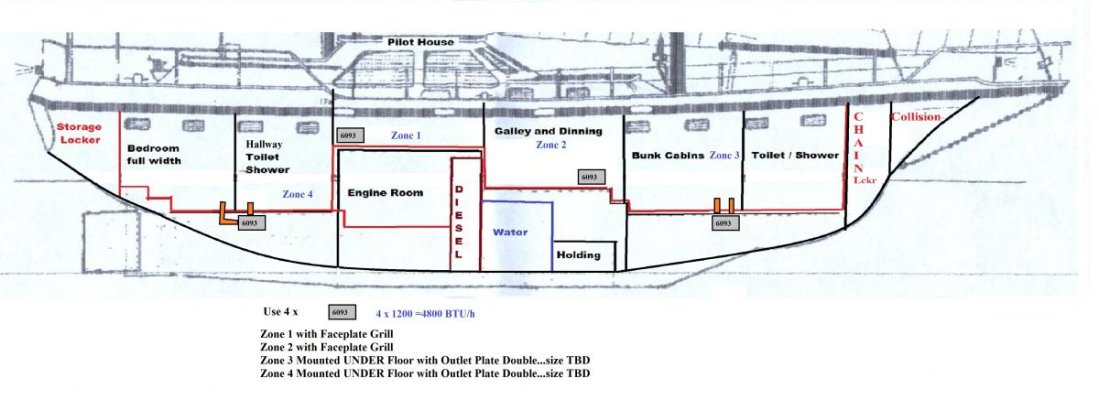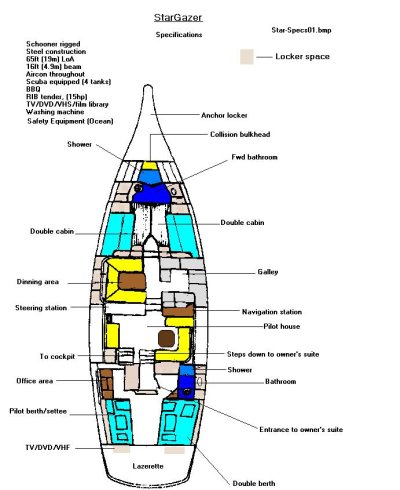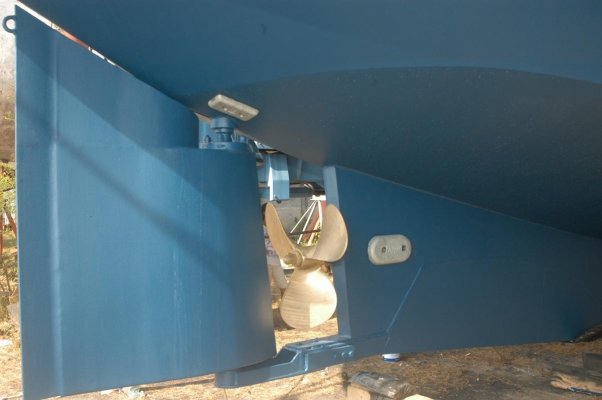AlanT
Guru
- Joined
- Oct 21, 2012
- Messages
- 725
- Location
- USA
- Vessel Name
- MoonShadow
- Vessel Make
- Wendon Skylounge 72'
Tender: You are often limited by the size and range of your tender, so we want something that can handle beaching over rocks, barnacles and Oyster shells for daily foraging, seaworthy and dependable… Is their a better alternative to a RIB, for the PNW?
I'll just pick up this one topic. I am in the PNW and have friends that have strayed from RIBs to alum and wood but they came back because it is a real pain when your dink bashes your boat at anchor! That's not their only quibble but it is a common one. I favor a RIB with added protection for our rocky shores. I have had two Rendovas, an 11' and currently a 14'. They have a stable fibreglass deck over the top of the tubes and some have an arch to grab, so they are easy and safe to board. The tubes come off easily if ever needed for refurb and I have had a sacrificial rubber "grounding pad" installed (glued) under the bows of both. I frequently let the dink up onto rocky shores for the dogs evenings and mornings and the sacrificial pad is not yet showing any signs of wear.
Overall its a great dink and a shame they don't build them anymore. You can pick one up used and get the tubes renewed and refurbing the tub is pretty straightforward if that's what you are into. Sounds like an exciting time for you. Have fun ~A

 Would also love to check out your boat and that part of the world in early 2022!
Would also love to check out your boat and that part of the world in early 2022!